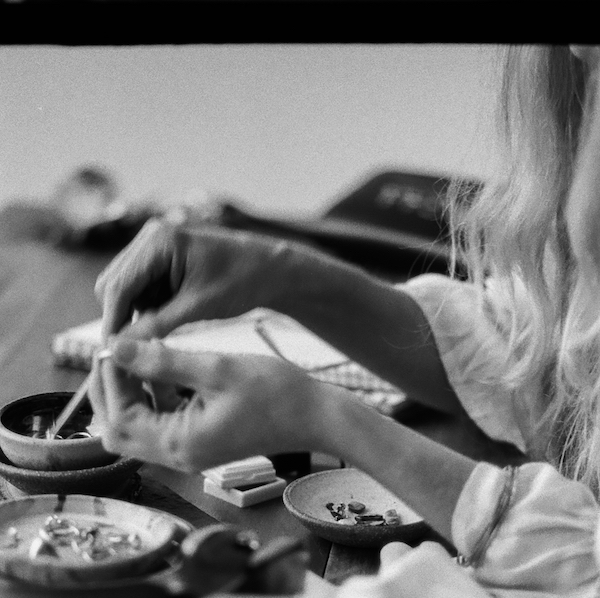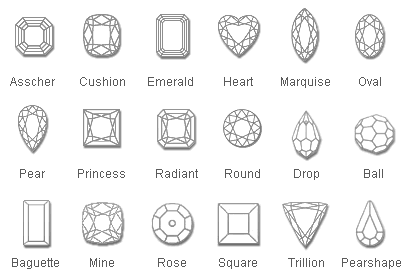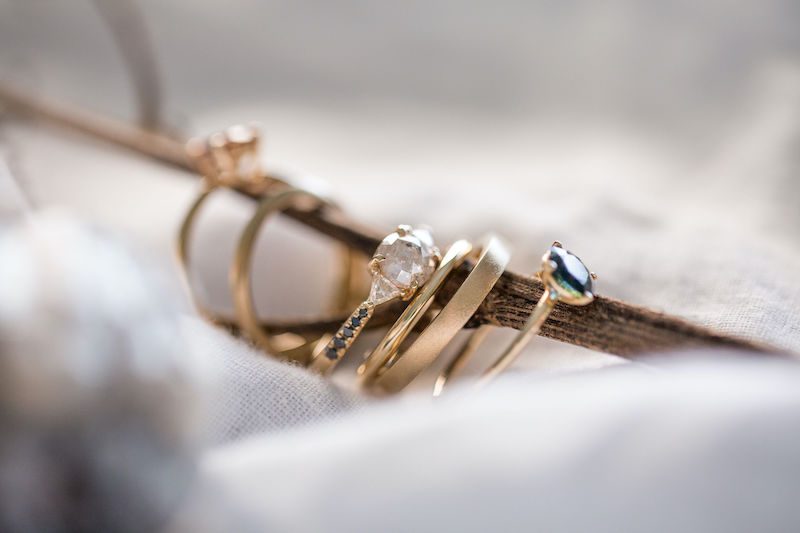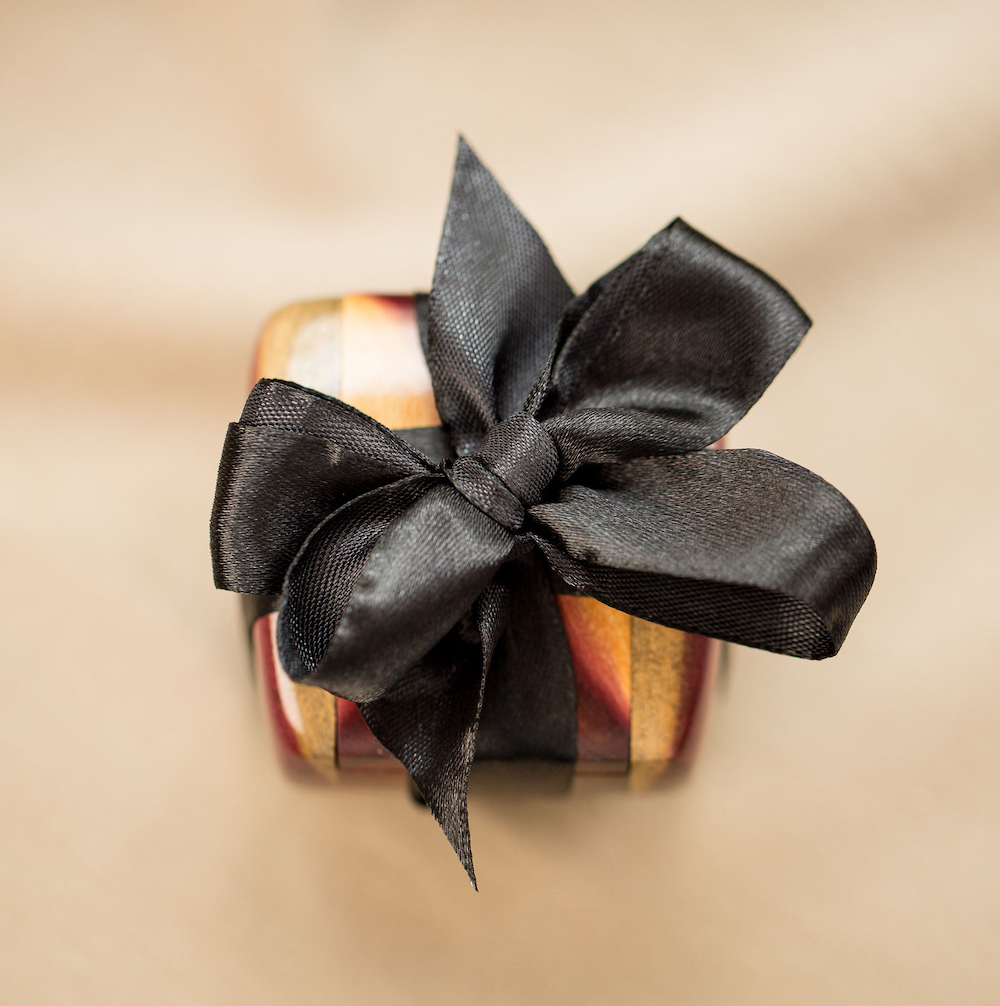Jewellery Terms Defined
You’re looking to buy an engagement ring but are unsure of all the different aspects of a ring’s design.
Don’t freak out!
We’ve put together a quick list of some of the most important terms to know when finding that perfect ring for your special person.

1. STONE CUT
This is the process of transforming a rough rock into a beautiful gemstone. The stone cutting process is dependent on the type of gem and the desired style of the piece of jewellery.
Engagement rings can come in many different types of cuts including but not limited to: brilliant cut, emerald cut, princess cut, oval brilliant, pearl or drop brilliant, and radiant cut.

2. STONE HARDNESS (DURABILITY)
A gem’s durability is its ability to withstand various stressors. A stone’s hardness implies how scratch resistant a gemstone is rather than how hard the stone feels to human touch. This can be determined using the Mohs scale of mineral hardness; an ordinal scale (that goes from 1-10), this means minerals are ranked on a relative scale of their ability to resist scratching (but it doesn’t measure the degree of difference between the rankings).
Other measures of gemstone durability beyond hardness (resistance to scratching) is stone toughness (how resistant a stone is to breaking and chipping) and stone stability (how resistant stone is to heat, humidity, chemical, and light).
For additional insight you can explore the GIA educational site.
3. KARAT vs CARAT
Gemstones are measured by the ct (which is the weight of the piece) and precious metals (ie. gold) are measured by kt (the percentage of gold vs other alloyed or combined metals).
4. METALS
There are many varieties of gold you can choose from when designing or purchasing your engagement ring, including solid yellow, white, and rose gold (to learn more about gold click here & to see our 14kt solid gold ring offerings click here).
If gold isn’t your thing, some brands will also offer rings made from platinum or palladium (a material that resembles platinum) and silver.
5. SETTINGS
There are quite a number of stone settings that can be used when designing a ring, both for the main stone and the accent (side) stones. The purpose of a setting is to hold the stone in place in a way that is cohesive to the totality of the ring design.
The main settings for our Violet Gray rings are:
Basket/Prongs: a traditionally popular choice, this setting style has prongs that hold the stone in place but also keep the stone from jutting out.
This setting also allows for light to pass through the stone and make it shine.
Bezel: a more contemporary choice, a bezel setting is when the metal/gold is fused as a rim around the stone to hold it in place. This setting can enhance the stone’s look and make it appear larger.
Other settings include but are not limited to:
Trellis, Halo, Compass, Tension, and Pavé.
6. BAND OR SHANK
This is the part of the ring that is worn around the entire finger. The band can come in various shapes as well which can affect the look and comfort of a ring.
Larger bands tend to be a bit bulkier, whereas finer bands are more delicate and can enhance the appearance of the stone.
An important note, particularly when choosing a band and how it will fit and look, make sure you are keeping in mind finger size.


Now that you have a better understanding of what makes up an engagement ring, it’s time to spend some time perusing for the perfect, forever ring for your lover!
Email if you need help! [email protected]

